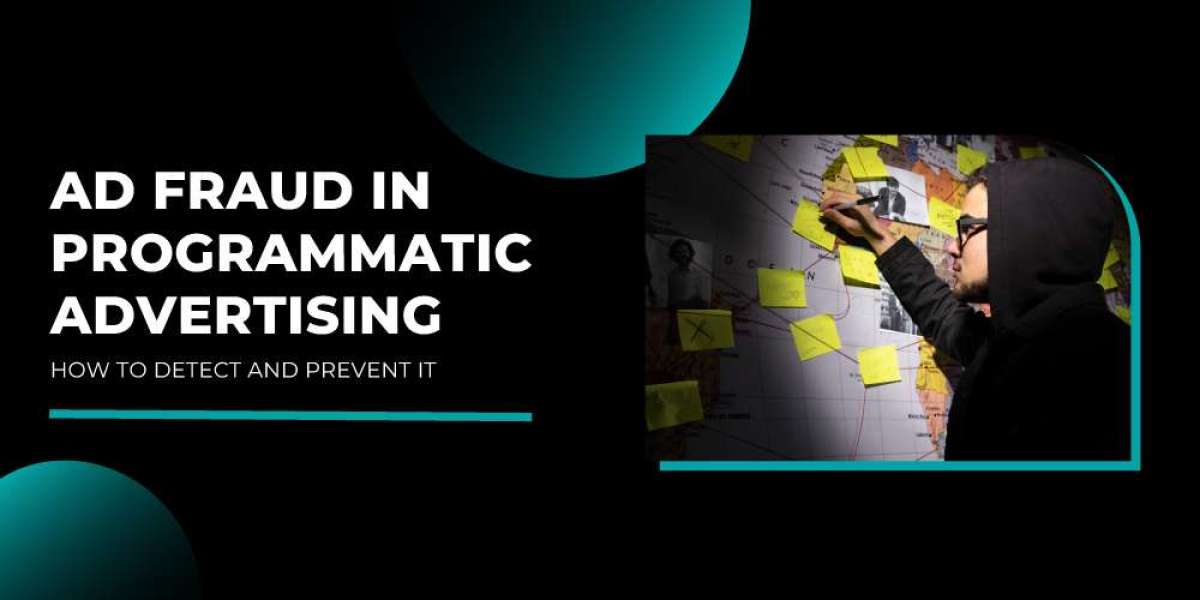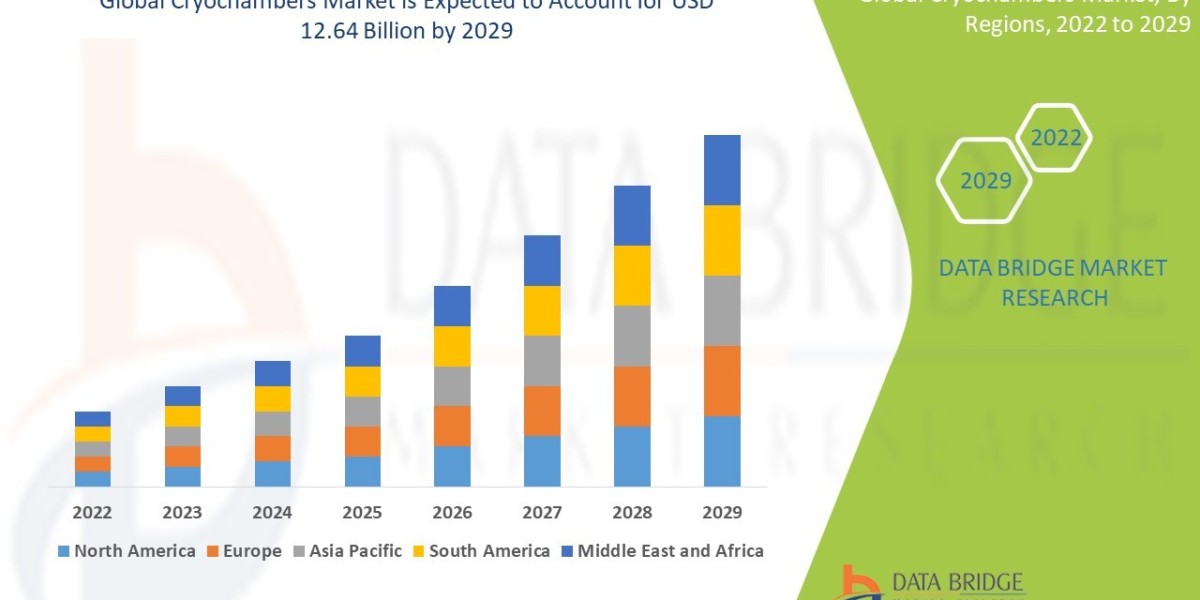The rise of programmatic advertising has revolutionized the digital marketing ecosystem, enabling advertisers to deliver targeted ads at scale. However, it has also become a breeding ground for ad fraud, a pervasive issue costing the industry billions annually. In this tech article, we will explore the nuances of ad fraud, its types, and actionable strategies to mitigate its impact.
What is Ad Fraud?
Ad fraud refers to deceptive practices designed to exploit digital advertising networks for financial gain. These practices involve fraudulent impressions, clicks, or conversions, siphoning marketing budgets without delivering genuine value to advertisers.
Types of Ad Fraud
Understanding the different types of ad fraud is crucial for combating it effectively. Here are the most common forms:
- Click Fraud:
Fraudulent clicks generated by bots or humans incentivized to click on ads, draining budgets without meaningful engagement. - Impression Fraud:
Fake impressions created to inflate the performance metrics of campaigns, often occurring on non-human traffic sites. - Ad Stacking:
Multiple ads layered on top of each other, with only the top ad visible, yet impressions are counted for all. - Pixel Stuffing:
Ads are squeezed into a tiny, almost invisible pixel on a webpage, making them technically "viewable" but unseen by users. - Domain Spoofing:
Fraudsters disguise low-quality sites as premium ones to attract high-value programmatic bids.
Why is Ad Fraud a Concern for Martech?
As Martech (marketing technology) tools become more sophisticated, so do fraudsters’ tactics. Ad fraud undermines the efficiency of Martech solutions, skewing data analytics and rendering optimization efforts ineffective. Inaccurate metrics lead to poor decision-making, damaging campaign ROI and long-term trust in programmatic advertising.
How to Detect Ad Fraud
To detect ad fraud, marketers must stay vigilant and leverage advanced tools. Here are some effective methods:
- Monitor Key Performance Indicators (KPIs):
Analyze abnormal spikes in clicks or impressions that do not correlate with conversions or engagement. - Use Fraud Detection Tools:
Leverage tools like MOAT, IAS, or DoubleVerify to identify fraudulent activity across campaigns. - Analyze Traffic Sources:
Investigate referral traffic to identify sources with unusually high bounce rates or low engagement metrics. - Check for Bot Behavior:
Bots often leave identifiable patterns, such as high page views in a short span or identical user-agent strings. - Cross-Verify Data:
Validate metrics using third-party analytics platforms to ensure data accuracy.
Preventing Ad Fraud in Programmatic Advertising
Prevention is always better than cure, especially in a space as dynamic as programmatic advertising. Implement these best practices to safeguard your campaigns:
- Partner with Verified Platforms:
Choose ad exchanges and supply-side platforms (SSPs) with robust anti-fraud policies. - Implement Ads.txt:
Adopt the Authorized Digital Sellers (ads.txt) initiative to ensure your inventory is sold only through trusted sellers. - Leverage Machine Learning:
AI and machine learning algorithms can analyze vast datasets to detect and block fraudulent activities in real-time. - Whitelist and Blacklist:
Use whitelists to target verified publishers and blacklists to exclude fraudulent or low-quality domains. - Opt for Transparent Metrics:
Insist on transparent reporting from your Martech partners, enabling you to scrutinize campaign performance closely.
The Role of Tech in Combating Ad Fraud
Technology is both the cause of and solution to ad fraud. On one hand, advancements in automation have enabled fraudsters to scale their operations. On the other hand, innovations in Martech and cybersecurity are empowering advertisers to counteract these threats effectively.
Blockchain, for instance, is emerging as a game-changer, offering enhanced transparency in ad transactions. Similarly, tech article discussions frequently highlight artificial intelligence as a key driver in real-time fraud detection.
Conclusion
Ad fraud is a formidable challenge for advertisers and Martech providers alike. However, by understanding its mechanisms and implementing advanced detection and prevention strategies, businesses can mitigate its impact. The future of programmatic advertising lies in collaboration between advertisers, technology providers, and industry regulators to create a more transparent and secure ecosystem.
Investing in the right tools and partnerships is essential to ensure that your campaigns deliver genuine results, free from the shadows of fraud. By taking proactive steps, marketers can not only protect their budgets but also restore trust in the transformative potential of programmatic advertising.








